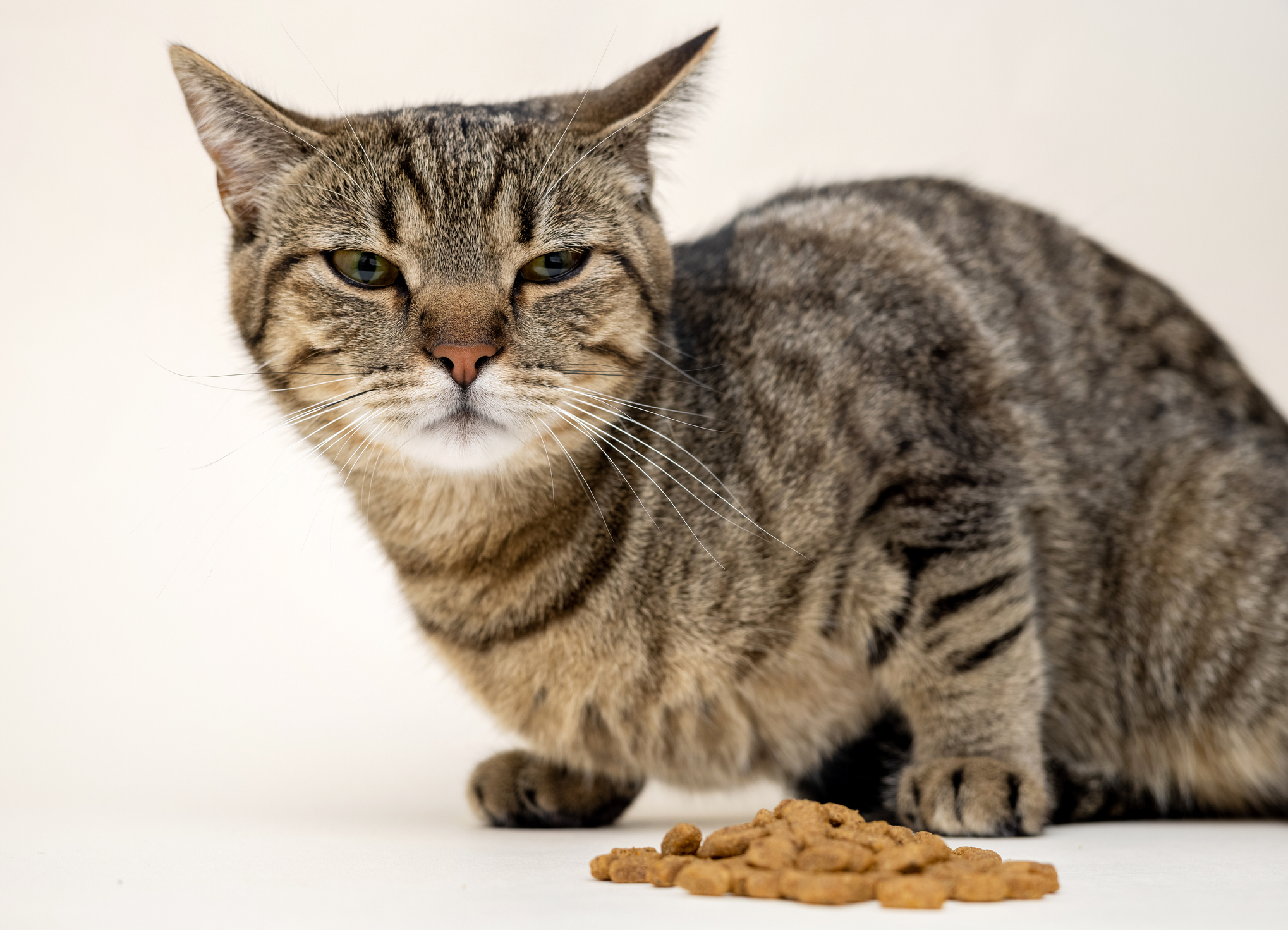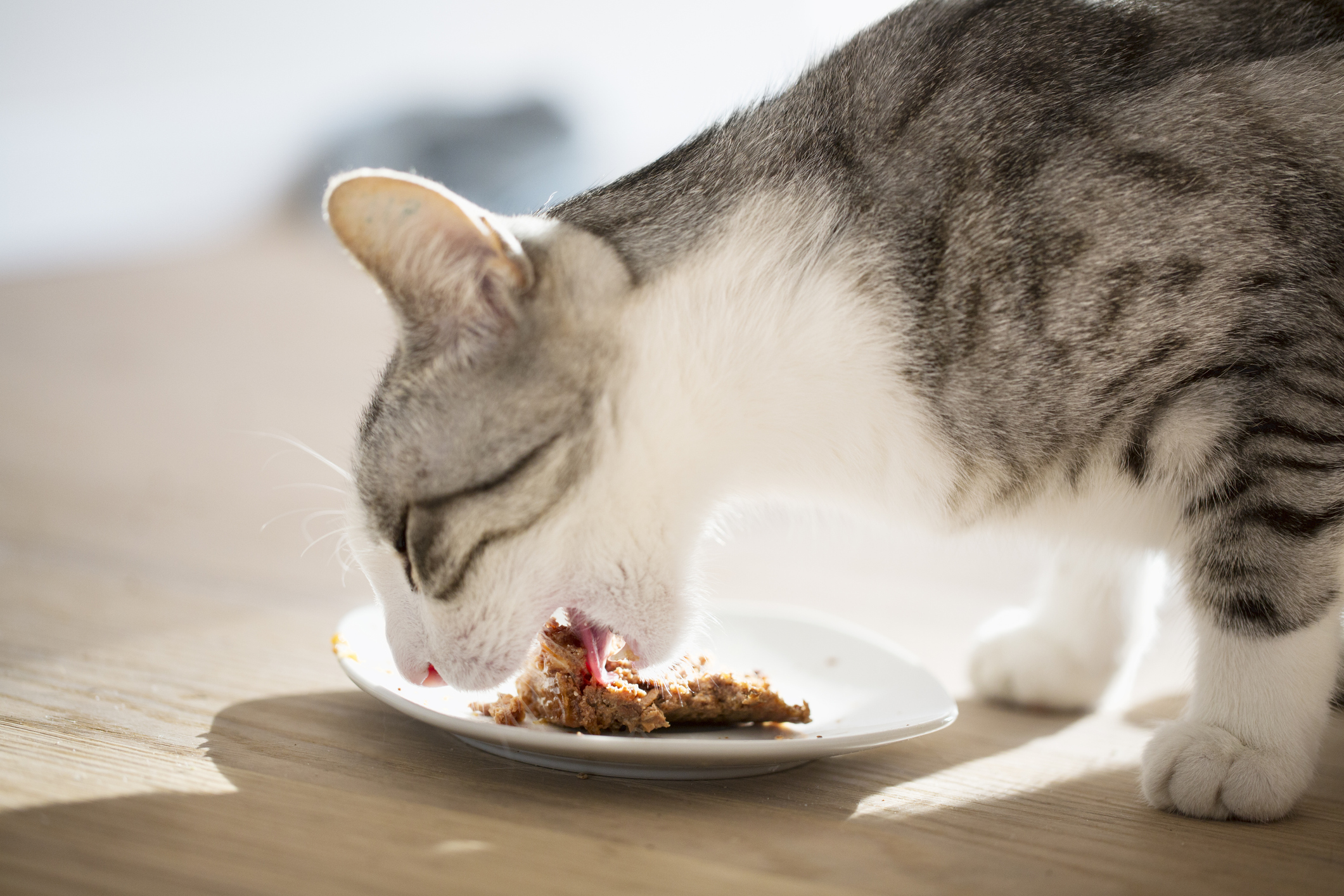
Save 35% with AutoShipUse code SAVE35 (Up to $20 max. Exclusions apply)

SAVE AN EXTRA $5 - $20 OFFUse code PETS in cart (Exclusions apply)

While efforts are made to answer all questions as quickly as possible, if an immediate answer is required or if your pet is in need of urgent or emergency care, contact your pet's veterinarian immediately.

You will receive an answer from Dr. Lindsay and our vet/tech team as soon as possible, usually the same day.
All answers are provided for informational or educational purposes only, and are intended to be a supplement to, and not a substitute for, the expertise and professional judgment of your pet's veterinarian.
It may be necessary to consult your pet's veterinarian regarding the applicability of any opinions or recommendations with respect to your pet's symptoms or medical condition.
Close
An error has occurred, please reload the page and try again.
CloseWhile efforts are made to answer all questions as quickly as possible, if an immediate answer is required or if your pet is in need of urgent or emergency care, contact your pet's veterinarian immediately.
There is no answer related to your question

Feeding a fussy feline can feel like an endless battle, but mealtimes don’t have to be frustrating. When cats barely touch their food, or refuse to eat altogether, it’s usually a sign that they’re trying to tell us something. Learn about why some cats can be finicky and what you can do to bring your picky cat’s appetite back.
While your cat may act like they have the palate of a seasoned connoisseur, they actually only have just under 500 tastebuds, coming nowhere close to a human’s 9000. With no ability to taste sweetness and a heightened sense for bitter tastes, it’s no wonder that they don’t seem to appreciate their food as much as we do.
When it comes to deciding what to eat, and when, a cat’s innate survival instincts often overrule their appetite. Cats tend to avoid any unusual tastes or odors that could potentially indicate contamination. Even though we know their food is safe to eat, they can’t help but be suspicious.
Even so, you can use these tips to pique a healthy appetite in your picky cat.
Before making any changes to your cat’s diet, make an appointment with your veterinarian, even if your cat doesn’t otherwise seem ill. A decreased appetite can be the only noticeable sign of a serious underlying health issue like chronic kidney disease, hepatic lipidosis, dental disease, or gastric obstruction.
If your cat is excited to eat when you open a brand-new bag of food, only for their appetite to waver after a few weeks, it might not actually be that they’re bored of eating the same meal each day. Dry cat food goes stale when exposed to humidity in the air. What’s more, fats in the food can become rancid. To keep your cat’s food fresh, only buy bags of food that can be finished within a few weeks, or discard any leftovers. It’s best to store cat food in its original packaging in an airtight container, rather than dumping the food inside. Refillable containers should be thoroughly washed with warm, soapy water between bags. Same goes for bowls - wash daily and refill, rather than top off, to keep your cat’s meals fresh and tasty.

If your cat stops eating when they see the bottom of their bowl, try switching to a flat plate or saucer with low sides.
Pet food bowls often have high sides that can irritate your cat’s whiskers every time they go for a bite. This causes a phenomenon known as whisker fatigue. Always serve your cat’s food in a flat plate or saucer with low sides. Mentally stimulating feeders like a lick mat and Tiger Diner are also great alternatives to cats that dislike eating from a bowl.
In the wild, cats eat up to 20 times per day. It’s not unusual for cats to prefer to eat just a few bites in one sitting, rather than consume their daily food intake in just a few large meals per day. If possible, allow your cat to eat on their own schedule by leaving dry food out for them to graze on, or split up their meals into at least 5-6 servings each day. Free-feeding, or leaving feed out all day, can potentially lead to obesity, though this can be mitigated by leaving measured amounts of food out at certain hours of the day.
As with real estate, location is everything when it comes to feeding your cat. You wouldn’t want to live next to a busy highway, and similarly, your cat may feel stressed if they’re fed in a high traffic area of your home. Also, consider moving your cat’s food bowl away from their water bowl. While keeping food and water together is unlikely to affect their appetite, cats are known to instinctively avoid drinking water where they eat to avoid contamination.
Moisture in foods helps aromas dissipate through the air, making moisture-rich foods more appetizing to some cats. Switching to canned cat food, adding canned food to kibble, or even adding warm water to dry food can help pique your cat’s appetite. A high-moisture diet is not only more palatable, but it also helps support urinary tract and digestive health.
Meal toppers can be a great way to pique your cat’s appetite, provided they are rich in flavor and add a nutritional boost to their diet. Freeze-dried cat food, bone broth, and canned foods are all tasty ways to keep your cat’s taste buds guessing while adding protein, water, and other nutrients.
 Swipe
Swipe